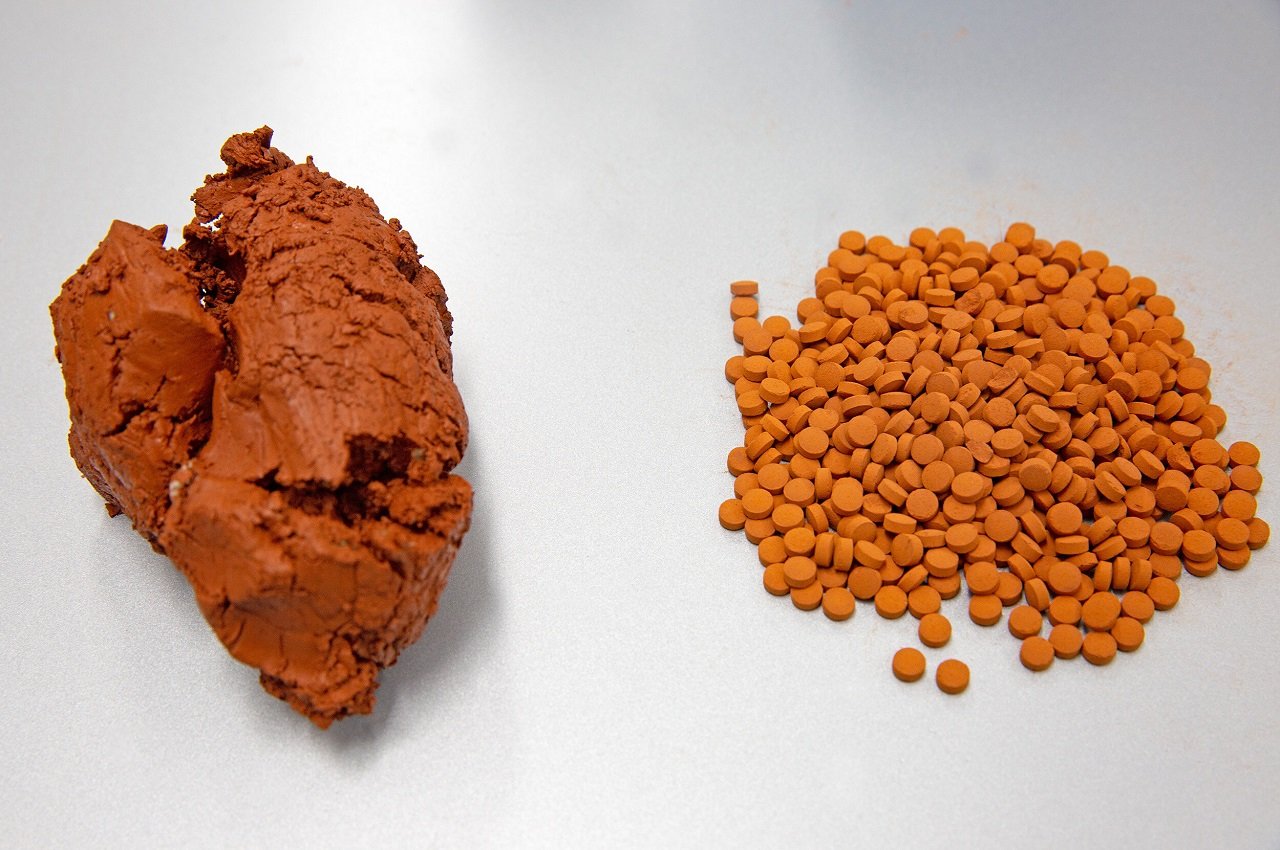In a significant advancement for environmental technology, researchers at the Korea Institute of Energy Research (KIER) have developed a breakthrough catalyst capable of efficiently decomposing potent greenhouse gases using industrial waste.
Led by Dr. Ryi Shin-kun, the team at KIER's Hydrogen Convergence Materials Lab has crafted a highly effective catalyst derived from "red mud," a byproduct of aluminum production, to decompose the refrigerant HFC-134a. Commonly used in household appliances such as air conditioners and refrigerators, HFC-134a has a global warming potential 1,300 times greater than carbon dioxide.
The newly developed catalyst achieves an impressive 99% decomposition rate and maintains its efficiency for over 100 hours. It is producible at a rate of 1 kg per hour via simple drying and grinding processes, demonstrating its potential for mass production. The recycling of industrial waste for catalyst production not only eliminates raw material costs but also reduces waste disposal expenses and potentially generates additional revenue.
"Red mud is a strongly alkaline substance that can cause severe environmental pollution if it enters the surrounding environment, but there have been no suitable technologies to process and recycle it," stated Dr. Ryi Shin-kun. "The developed catalyst manufacturing technology not only recycles waste to reduce environmental pollution but also effectively decomposes refrigerants, which have a strong greenhouse gas effect, with excellent performance."
Currently, HFC-134a is treated using methods such as combustion and plasma, which generate secondary pollutants and require significant energy. The new catalytic technology operates at lower temperatures and leverages the metal components in red mud, such as iron and aluminum, to form a stable and powerful catalyst for refrigerant decomposition.
Enhancing the material properties, the team employs a heat treatment process to form tricalcium aluminate (C3A) and gehlenite (C2S), which increase the reaction surface area and strengthen binding. Additionally, the decomposition process produces hydrogen fluoride (HF) that reacts with calcium oxide (CaO) to form calcium fluoride (CaF2), a stable compound that acts as a protective shield on the catalyst surface, maintaining efficiency over extended periods.
The findings, published in the Journal of Industrial and Engineering Chemistry, present a sustainable approach to addressing greenhouse gas emissions, utilizing industrial waste, and significantly reducing environmental pollution.
25 July 2024
Innovative Catalyst Decomposes Potent Greenhouse Gas Using Industrial Waste
Related news
Scientists urge continued use of OECD chemical definition for PFASs
A group of scientists specializing in per- and polyfluoroalkyl substances (PFASs) has issued a statement supporting the current chemical definition of PFASs established by the Organisation for Econ...
01 Jul 2025
Australia marks World Refrigeration Day with focus on Cool Skills
Australia’s HVACR industry celebrates World Refrigeration Day (WRD) on June 26, highlighting the critical role of refrigeration in everyday life. This year’s theme, Cool Skills, recognises the indi...
26 Jun 2025
HARDI and AHRI Challenge New York HFC Rule in State Court
Industry groups cite procedural flaws and conflict with federal AIM Act.
Heating, Air-conditioning & Refrigeration Distributors International (HARDI) and the Air-Conditioning, Heatin...
10 Apr 2025
ASHRAE Updates Refrigerant Designations and Safety Classifications
The May 2025 UNEP/ASHRAE factsheet outlines new refrigerant numbers and safety classifications under ANSI/ASHRAE Standards 34 and 15, including flammability, toxicity, and GWP data.
ASHRAE has...
09 May 2025
Arkema to distribute lower-GWP refrigerants under Forane brand
Arkema has announced an expansion of its refrigerant portfolio through a commercial agreement with Honeywell International Inc. The company will offer a range of lower global warming potential (GWP...
20 May 2025
LU-VE Group’s Spirotech plant receives National Export Award in India
LU-VE Group’s Indian subsidiary, Spirotech, has received the National Export Award from the Engineering Export Promotion Council (EEPC), under the Ministry of Commerce, Government of India. The awa...
01 Jul 2025
